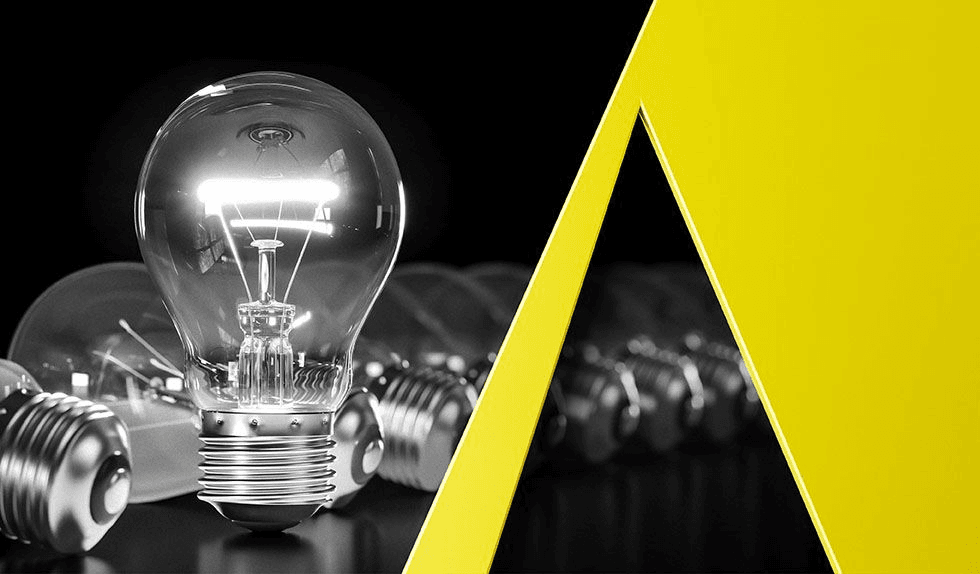In an ANDA case in the District of Delaware, the court has rejected an obviousness challenge to a patented method of increasing survival in patients having prostate cancer. The court found that early clinical trial results and an ongoing Phase III study provided “hope” that the method would work, but not a reasonable expectation of success.
The case concerned the defendant’s ANDA seeking approval to market a generic version of the drug Jevtana® (cabazitaxel), which is used to treat a type of prostate cancer called metastatic castration resistant prostate cancer (mCRPC). The Orange Book listing for Jevtana® included a patent to a method of improving survival in patients having mCRPC where the method included giving a certain dose of the drug cabazitaxel. The defendant challenged the validity of the patent, contending that the claims were obvious over the prior art. In particular, the defendant cited art that described the results from Phase I and II trials that had used the drug in various types of cancers, and information about the Phase III trial that was testing the drug in patients having mCRPC.
The court began its obviousness analysis by considering whether there was a motivation to use the drug to increase an mCRPC patient’s survival. The court found that the prior art provided such motivation based on promising preclinical and Phase I results against the disease, and Phase II results in breast cancer.
The court then considered the defendant’s argument that the same art would have also provided a reasonable expectation of success. In particular, the court considered results from Phase I that indicated the drug had some activity, results from the Phase II trial against breast cancer, the plaintiff’s statement to the Food and Drug Administration (FDA) that the drug had “promising activity,” the fact that the plaintiff had initiated Phase III studies and the lack of safety concerns or other negative data for the drug.
The court found that the defendant had not shown by clear and convincing evidence that there was a reasonable expectation of success. The court noted that while conclusive proof of efficacy was not required, mere cautious optimism was not sufficient, and such optimism was the most that the evidence showed. The court found that the Phase I results were encouraging and showed that further evaluation was warranted, but they did not show that success was expected against mCRPC. Adding the Phase II breast cancer results only added to the hope of success, not an expectation of success. The court noted that many initially promising inventions failed in this area of research, and expert testimony showed that a variety of putative cancer drugs had failed in Phase III. Finally, the plaintiff’s “promising activity” statement and the existence of the Phase III trial showed only that the drug was worth studying, not that there was an expectation of success.
Practice Tip: In district court, a patent challenger faces a high burden to show that a patent is invalid for obviousness. Where a patent’s claims require some type of efficacy, particularly in a difficult disease setting, showing that success was reasonably expected can be harder to do. Parties should consider whether there is sufficient evidence, including expert testimony, to show both motivation to try as well as a reasonable expectation that the method of treatment would be successful.
Sanofi-Aventis U.S. LLC v. Sandoz, Inc., Civil Action No. 20-804-RGA CONSOLIDATED, 2023 WL 4175334 (D. Del. June 26, 2023)


